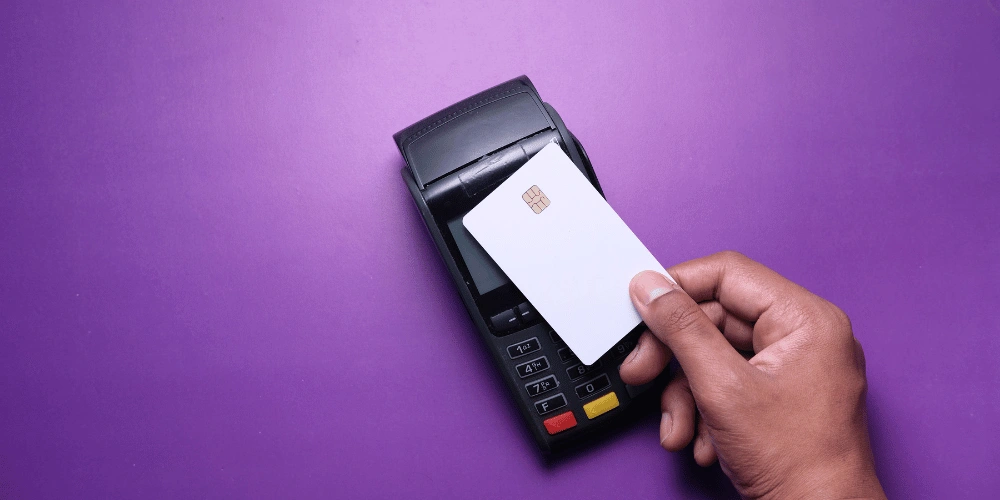Understanding Valentine’s Day Economics: From $200 Average to Budget-Friendly Solutions

Anúncios
The Current State of Valentine’s Day Spending
Valentine’s Day continues to be a significant event with spending reaching new heights each year.
In the current year, total spending is anticipated to hit a record-breaking $27.5 billion.
Anúncios
This impressive figure underscores the holiday’s enduring popularity and the economic boost it provides.
Record-Breaking Economic Impact
Valentine’s Day has grown into a major economic event, much more than a mere celebration of love.
Anúncios
National Retail Federation and Prosper Insights & Analytics project a staggering $27.5 billion in consumer spending this year, setting a new record.
Average Spending Per Couple
On average, couples plan to shell out roughly $200 on Valentine’s Day.
This expenditure covers various aspects such as gifts, dining out, experiences, and more.
This figure serves as a benchmark and highlights how significant Valentine’s Day is in terms of consumer spending trends.
Increased Consumer Participation
Participation rates are also on the rise.
Approximately 56% of consumers plan to mark the occasion this year, up from 53% the previous year.
This uptick in participation is indicative of an expanding interest and willingness among consumers to celebrate, despite their varied financial situations.
Men, in particular, show increased enthusiasm, with 55% planning to participate compared to 51% last year.
This context sets the stage for understanding consumer attitudes and the financial reality behind this festive day.
As we delve deeper, we’ll explore these aspects to better grasp how people balance their romantic gestures with financial responsibilities.
Consumer Attitudes and Financial Reality
While Valentine’s Day spending continues to soar, consumer attitudes reveal a more complex picture.
Although participation is on the rise, financial concerns are causing many to reconsider extravagant celebrations.
According to a recent LendingTree survey, over half of respondents admitted they would prefer to skip Valentine’s Day because of financial constraints.
Financial Concerns Among Consumers
Financial apprehensions are prevalent, with many individuals expressing a desire to forgo the holiday altogether.
Despite this, male participation has notably increased, with 55% of men planning to partake in Valentine’s Day festivities.
This marks a significant rise from 51% the previous year.
The desire to celebrate, even amidst financial pressures, highlights the emotional value attached to the day.
Setting Spending Limits
To tackle financial worries, many couples have taken proactive measures by setting spending limits.
Approximately one-third of couples surveyed have previously agreed upon a budget for Valentine’s Day, enabling them to enjoy the occasion without financial strain.
Discussing and aligning on budget expectations can also prevent potential disagreements, ensuring that both partners feel respected and valued.
Balancing Expectations and Finances
Balancing the desire to celebrate with financial reality is crucial.
Open communication about budget expectations not only eases financial stress but also strengthens the relationship.
Setting realistic spending limits and exploring budget-friendly celebration ideas can help couples enjoy the day meaningfully without overspending.
By understanding consumer attitudes and the financial reality of Valentine’s Day, couples can plan a day that honors their relationship while staying financially responsible.
This balance paves the way for memorable celebrations rooted in genuine connection rather than material expenditures.
Smart Financial Planning for Valentine’s Day
Assess Your Financial Situation
Before diving into Valentine’s Day planning, take a close look at your personal financial situation.
It’s essential to ensure that your celebration doesn’t disrupt your financial stability.
Consider your current financial obligations and any goals you might have, such as saving for retirement or paying off debt.
If you’re facing economic hardships, splurging on expensive gifts might not be feasible.
However, this doesn’t mean you can’t celebrate – there are plenty of budget-friendly ways to make the day special without stretching your finances.
Open Communication with Your Partner
Discussing budget expectations with your partner is crucial.
Open communication ensures both parties are on the same page regarding spending limits.
Andrea Woroch suggests, “Valentine’s Day plans should be discussed openly to determine whether or not you both want to spend on this holiday or how much“.
This conversation can help you both feel comfortable and avoid any financial stress.
Surprises can still be planned within these boundaries, adding excitement without unexpected costs.
Use Credit Card Points and Rewards
Make the most of your credit card points, rewards, and deal sites such as Groupon or Resort Pass to snag discounts on gifts or experiences.
These tools can help you celebrate meaningfully while keeping costs down.
Whether it’s a discounted outing or a special meal earned with points, these financial strategies help you stretch your budget further and create a memorable experience.
Achieving a memorable Valentine’s Day on a budget is entirely possible with a little financial planning and creativity.
By assessing your personal finances, maintaining open communication with your partner, and utilizing rewards wisely, you can enjoy a romantic celebration without overspending.

Budget-Friendly Celebration Ideas
Low-to-No Cost Options
Celebrating Valentine’s Day doesn’t have to burn a hole in your pocket.
You can create a memorable day with low-to-no cost options that emphasize personal effort and heartfelt gestures.
Homemade crafts, like creating a scrapbook filled with memories or a digital photo collage, can be a deeply meaningful gift.
Personalized gifts like these often hold more sentimental value and demonstrate the thought and effort you’ve invested.
Another creative idea is to write a heartfelt letter or create a handmade greeting card.
These gestures can make your loved one feel special without any significant financial outlay.
Focus on Experiences Over Material Gifts
Rather than spending money on expensive gifts, consider focusing on experiences that you can share with your partner.
Simple activities such as going for a nature walk, visiting a local museum, or having a cozy movie night at home can create lasting memories.
These shared experiences can strengthen your bond and make the day special.
Planning a cheap or free outing, like an art gallery visit or a stroll in a local park, can also be a delightful way to celebrate the day.
Remember, it’s the time spent together that counts, not the amount of money spent.
Creating Meaningful Traditions
Starting new traditions can make Valentine’s Day special year after year.
Consider engaging in activities that are personal to both of you, such as making a special dessert together, exchanging letters, or volunteering for a cause you both care about.
These traditions can bring you closer together and provide recurring moments of joy and connection.
For instance, baking a heart-shaped cake together or spending the day volunteering can be both fulfilling and fun.
The key is to focus on what makes your relationship unique and celebrate that in a meaningful way.
Creating a memorable Valentine’s Day doesn’t have to be about financial expenditure.
By emphasizing personal connection and meaningful experiences, you can enjoy a romantic and special day without exceeding your budget.
Next, we will explore how to balance romance with financial responsibility to create a day that’s both meaningful and financially sound.
Making Valentine’s Day Meaningful Without Overspending
Emphasis on Personal Connection Rather Than Expensive Gestures
Valentine’s Day is commonly linked to extravagant gestures and expensive gifts, but its true essence lies in the connection between partners.
Instead of focusing on expensive presents, emphasize personal touches that showcase thoughtfulness and effort.
For instance, creating a handmade card, writing a heartfelt letter, or compiling a digital photo collage can be much more meaningful than a pricey gift.
These personalized gestures reflect the time and care invested, which often resonates more deeply than material items.
Balancing Romance with Financial Responsibility
It’s important to balance romantic efforts with financial practicality, especially if budget constraints are a concern.
Communicating openly with your partner about spending expectations can alleviate stress and ensure that both parties are on the same page.
Establishing clear budget limits not only helps manage finances but also opens up opportunities for creatively thoughtful celebrations.
Whether it’s planning a cozy movie night at home or cooking a favorite meal together, these activities can foster closeness without breaking the bank.
Creating Lasting Memories Through Shared Experiences
Instead of splurging on gifts, focus on creating memorable experiences that you and your partner will cherish.
Shared activities can strengthen your bond and provide lasting joy.
Consider planning a visit to a local museum, taking a scenic nature walk, or volunteering together for a cause that matters to both of you.
Such experiences can deepen your connection and create fond memories that far outlast any material gift.
Valentine’s Day doesn’t have to be about the money spent; it’s about the moments shared and the love celebrated.
Aim to make the day special by prioritizing your relationship and creating meaningful traditions that reflect your unique bond.







